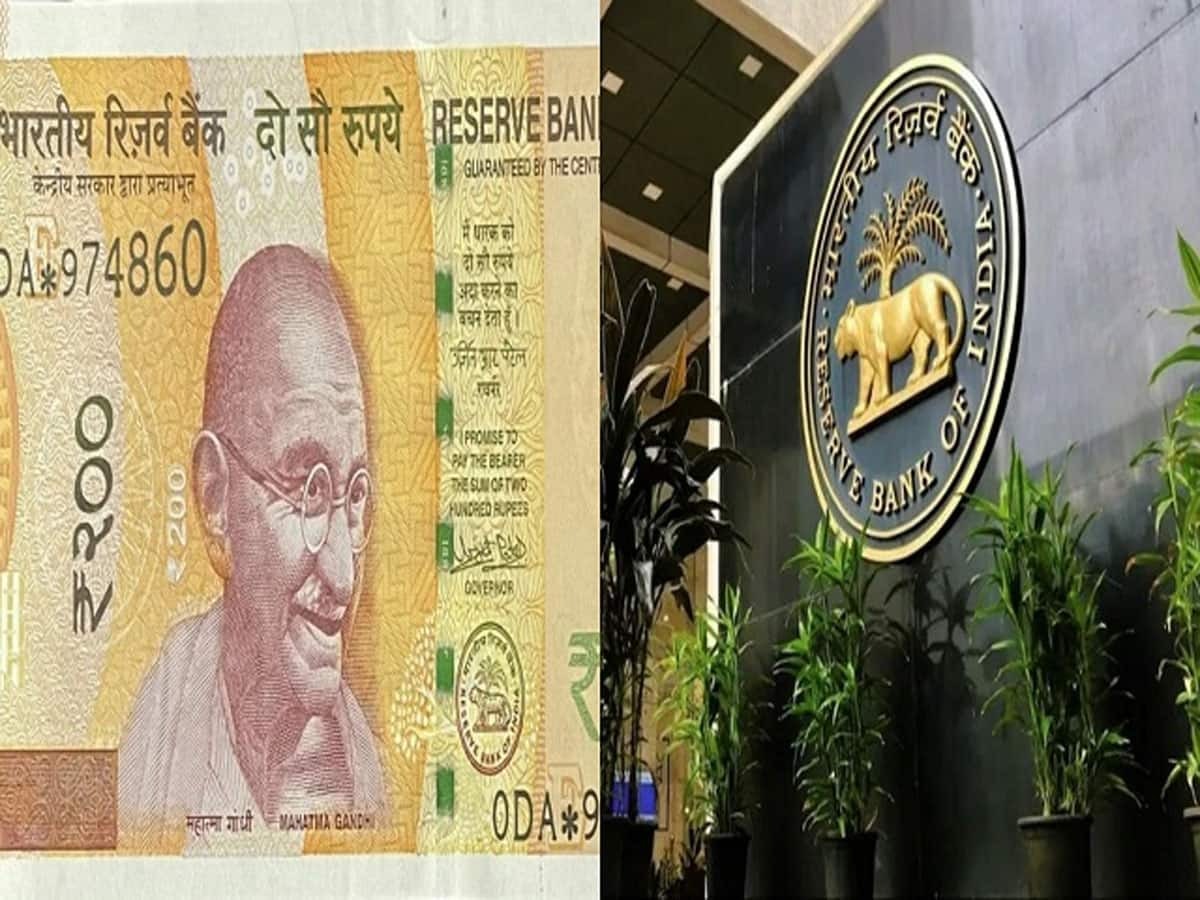
reserve Bank: The last six months have been the heaviest for the Rs 200 note. These yellow notes had the most writing on them and were in the dirtiest and most rotten condition. Between April and September this year, the Reserve Bank has removed 137 crore dirty and torn notes of Rs 200 from the market. 135 crore notes were to be withdrawn between April and March last year. This means that 20 million more notes have become worthless in six months this year compared to last year. However, if we look at the total number, the most rotten note found was of Rs 500. This has been revealed in the half-yearly report of RBI.
When the notes circulating in the market get rotten or torn, the Reserve Bank takes them back. Many notes have to be returned because they are torn or have writing on them. In this half Rs. Even banking experts could not explain the exact reason why Rs 200 notes suffered the most damage. The regional manager of a nationalized bank said, 'After the demonetization of Rs 2000 notes, this is the second largest currency. This can happen only due to maximum expansion.
Rs 500 note suffered the most damage
According to the RBI report, Rs 500 notes have suffered the maximum loss in this half year. Was 500. Compared to last year, their wastage increased slightly and remained normal. Rupee. Like the Rs 200 notes, no abnormality was observed in the speed of their decomposition. In the 12 months of 2023-24, 633 crore notes of Rs 500 have been removed. From April to September this year, 459 crore notes were taken out of circulation. This is almost 50 percent more. The percentage of rot in Rs 200 notes has been seen up to 110.
How many notes were thrown away due to rotting?
- Six months of this year are in the last full year
- 05 Rs 2.15 crore 3.70 crore
- 10 rupees 115 crores 234 crores
- 20 rupees 85.68 crore 139 crore
- Rupee. 50 108 crore 190 crore
- Rupee. Rs 100 321 crore 602 crore
- 200 137 crore 135 crore rupees
- Rupee. Rs 500 459 crore 633 crore
Thus, the main objective of this step taken by the Reserve Bank is to maintain the quality of notes in the market. Withdrawal of bad notes gives people an opportunity to use better and cleaner notes.
 look news india
look news india